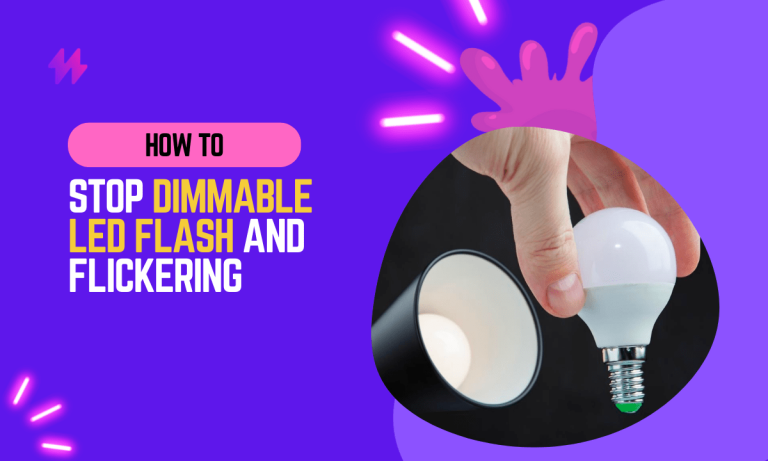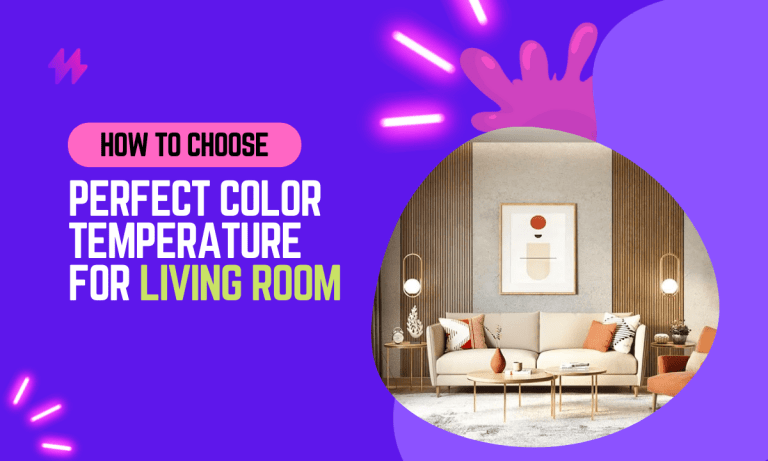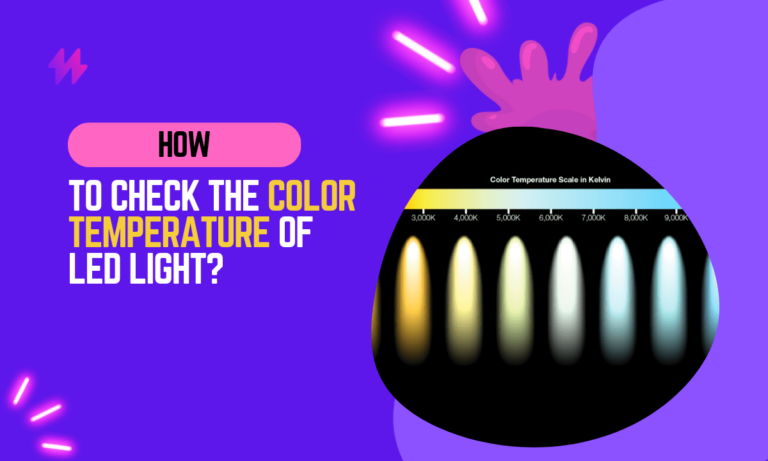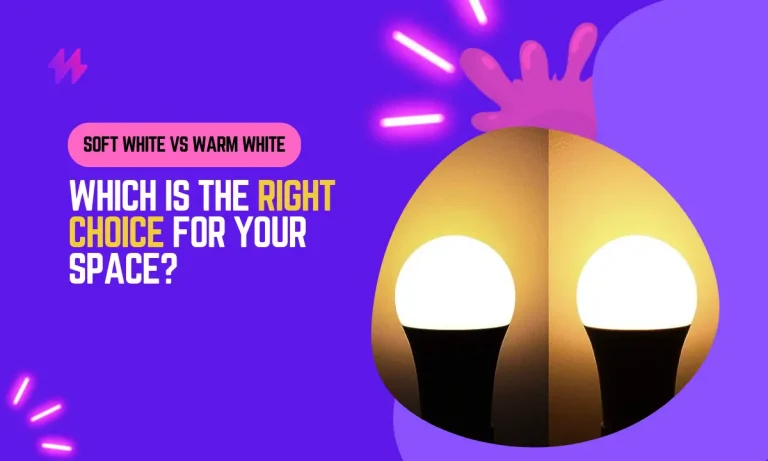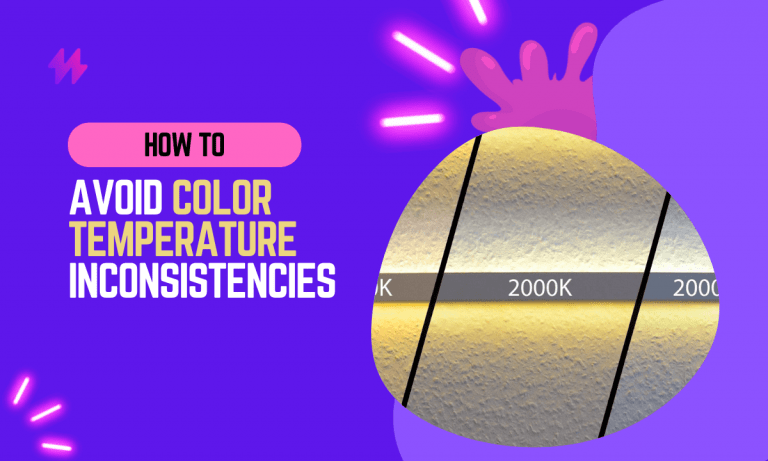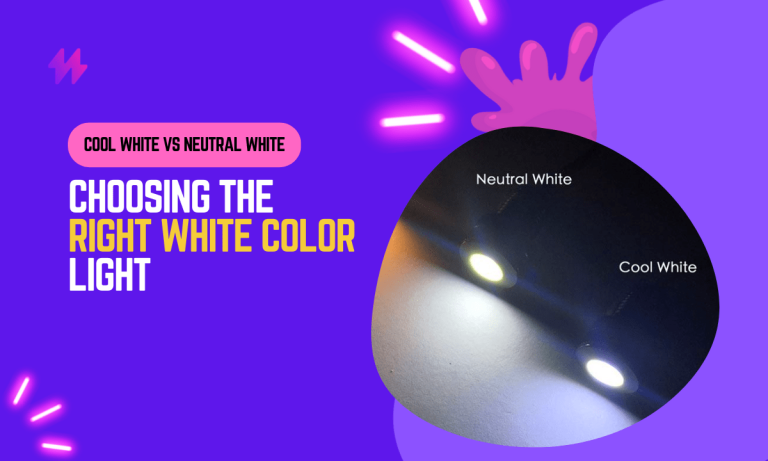2700K Color Temperature: What It Is and How to Use?
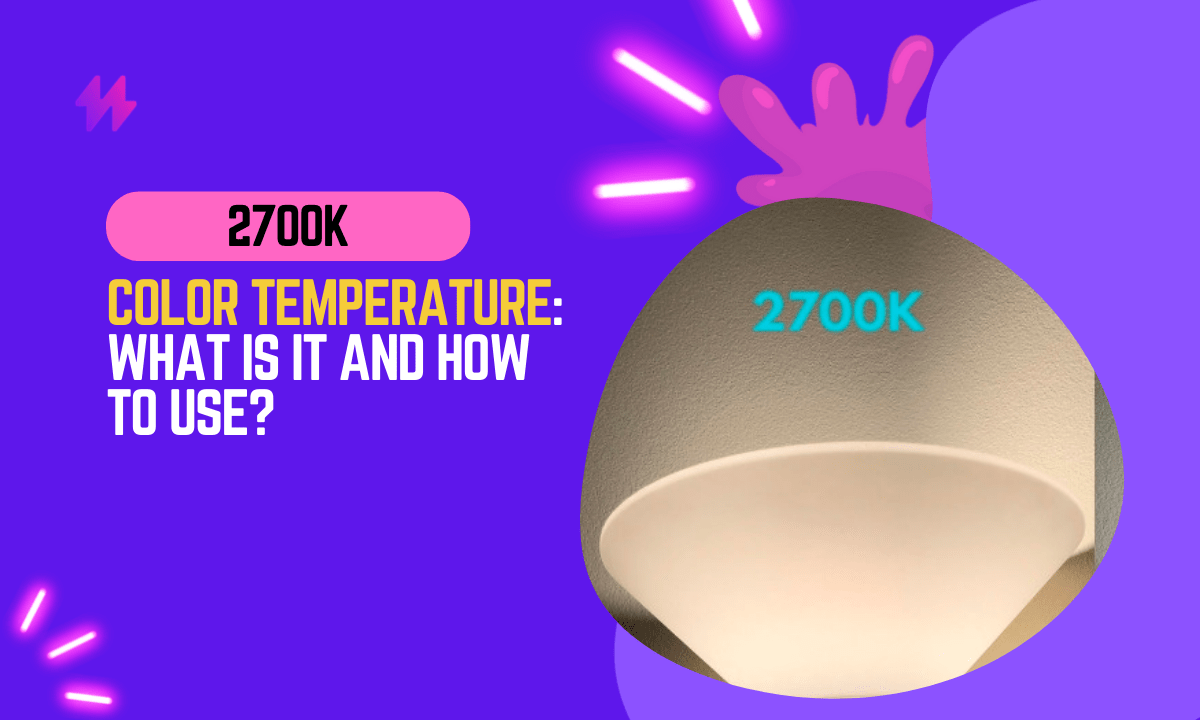
Have you ever wondered what 2700K color temperature means? In this blog post, I’ll explain what it is, why it’s important, and how you can use it to improve your lighting.
Color temperature is a measure of the color of light, expressed in kelvins (K). The higher the Kelvin temperature, the bluer the light will appear. The lower the Kelvin temperature, the more yellow or orange the light will appear.
Light Color temperature is important because it can affect the way we perceive objects. For example, a white object under a cool light (high Kelvin temperature) will appear to be more blue, while the same object under a warm light (low Kelvin temperature) will appear to be more yellow.
What is Color Temperature?
Color temperature is a measure of the color of light, expressed in kelvins (K). It is a measure of how warm or cool a light appears to the human eye. Lights with a low color temperature (such as 2700K) appear warmer and more yellow, while lights with a high color temperature (such as 6500K) appear cooler and more blue.
Why is Color Temperature Important?
Color temperature is important because it can affect the way we perceive objects and the way we feel. Warmer light (such as 2700K) can create a more relaxing and inviting atmosphere, while cooler light (such as 6500K) can be more stimulating and energizing.
How To Use 2700K Color Temperature to Improve Lighting?
Color temperature can be used to create different moods and atmospheres in your home. For example, a cool light can be used to create a feeling of alertness and energy, while a warm light can be used to create a feeling of relaxation and comfort.
In the next few paragraphs, I’ll share some tips on how to choose the right color temperature for your lighting needs. I’m an LED Light Technician with over 10 years of experience, and I’m confident that I can help you find the perfect solution for your home.
I promise that by the end of this article, you’ll have a better understanding of color temperature and how to use it to improve your lighting.
Also read: Soft White vs Warm White: Crafting the Ideal Ambiance
What is the Difference Between 2700K and Other Color Temperatures?
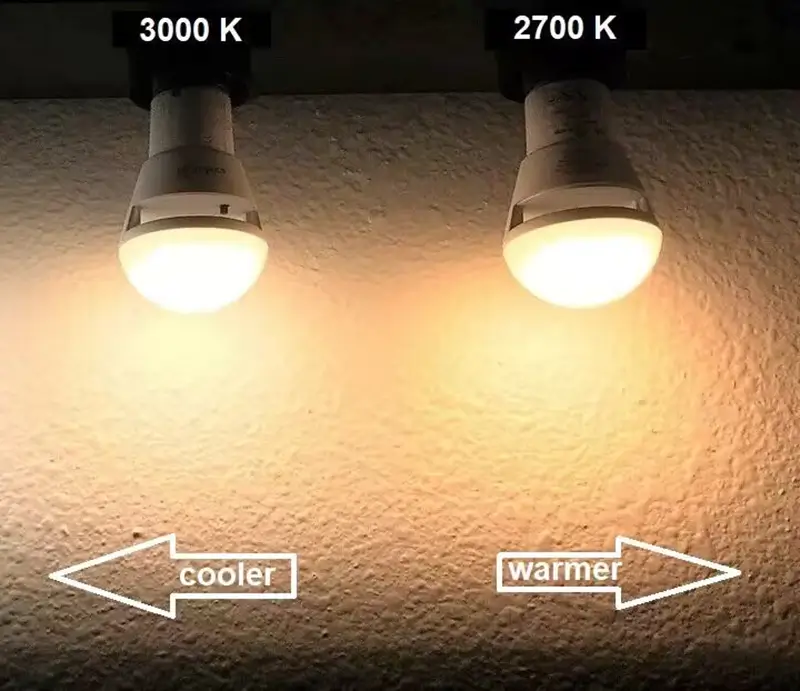
2700K is a relatively low color temperature, which means it produces a warm, yellow light. This type of light is often used in homes and businesses to create a warm and inviting atmosphere. Other common color temperatures include:
- 3000K: This is a slightly warmer color than 2700K and is often used in bedrooms and living rooms.
- 4000K: This is a neutral color that is often used in offices and kitchens.
- 5000K: This is a cooler color than 4000K and is often used in warehouses and factories.
- 6500K: This is the highest color temperature and produces a very cool, blue light. This type of light is often used in commercial spaces such as hospitals and laboratories.
What Lights Have a Color Temperature of 2700K?
Many different types of lights come under 2700K color temperature, including:
- Incandescent bulbs
- Halogen bulbs
- LED bulbs
- CFL bulbs
How to Choose the Right Color Temperature for Your Needs?
The best color temperature for you will depend on the desired effect and the type of space. Here are a few things to consider when choosing a color temperature:
- The desired effect: Warmer light (such as 2700K) can create a more relaxing and inviting atmosphere, while cooler light (such as 6500K) can be more stimulating and energizing.
- The type of space: Warmer light is often used in homes and businesses to create a warm and inviting atmosphere, while cooler light is often used in offices and kitchens.
- The time of day: Warmer light is often used in the evening to create a relaxing atmosphere, while cooler light is often used during the day to promote alertness.
Also read: How To Check Color Temperature Of LED Light?
FAQs
Below you can find some of the most widely asked questions about 2700K color temperature.
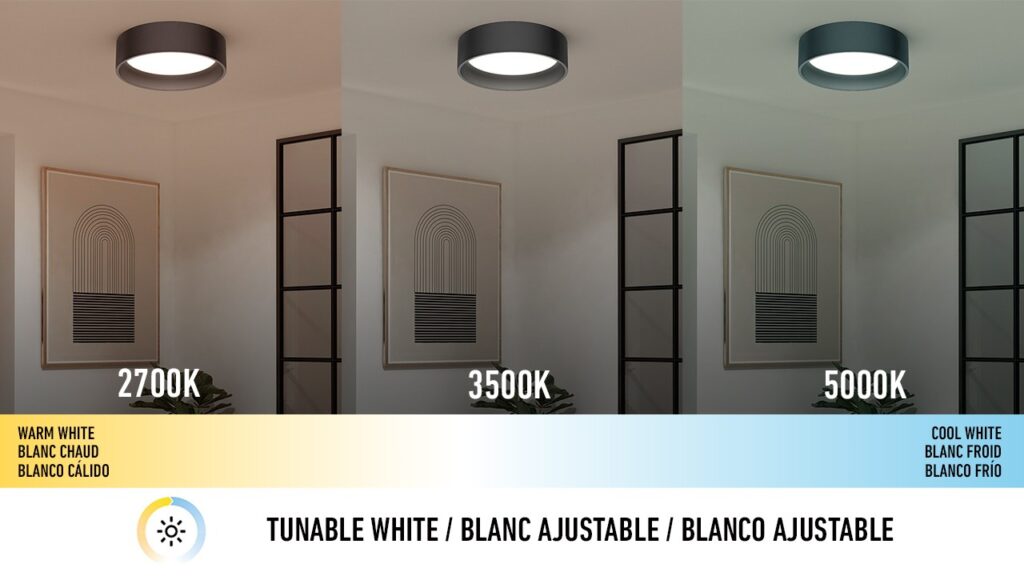
What are the benefits of using a color temperature of 2700K?
A color temperature of 2700K is often preferred for residential lighting because it creates a warm and inviting atmosphere. It is also a good choice for task lighting, as it can help to improve visual comfort.
What are the drawbacks of using a color temperature of 2700K?
A color temperature of 2700K can appear yellow or orange to some people, and it may not be suitable for all applications. For example, it is not a good choice for use in commercial spaces, as it can make people feel sleepy.
What are some common uses for a color temperature of 2700K?
A color temperature of 2700K is commonly used for residential lighting, such as in living rooms, bedrooms, and kitchens. It is also a good choice for task lighting, such as in offices and workshops.
Also read: Avoid Color Temperature Inconsistencies of LED lights
Conclusion
In conclusion, understanding the nuances of 2700K color temperature is crucial for effectively utilizing this warm and inviting light in various settings. This color temperature, which emits a soft white glow reminiscent of the light from a traditional incandescent bulb, is particularly beneficial in creating a cozy and relaxed atmosphere. Ideal for living rooms, bedrooms, and dining areas where comfort is paramount, 2700K lighting enhances the warmth of the space, making it more welcoming. The psychological impact of such warm lighting cannot be overstated, as it tends to relax the mind and can even enhance the perceived temperature of the room, making it feel snugger during colder months.
Furthermore, the application of 2700K lighting extends beyond residential spaces to include areas where a comfortable, intimate ambiance is desired, such as restaurants and boutique retail stores. In these environments, the warm light can influence customer behavior, encouraging them to relax and spend more time in the soothing atmosphere. However, it’s important to balance 2700K lights with other lighting elements, especially in settings that require task lighting. Combining 2700K fixtures with brighter, cooler lights can help maintain functional lighting while still preserving the overall ambiance. By strategically integrating 2700K lighting into a design scheme, one can dramatically enhance the aesthetic appeal and functionality of a space, creating environments that are not only beautifully lit but also emotionally resonant and inviting.

